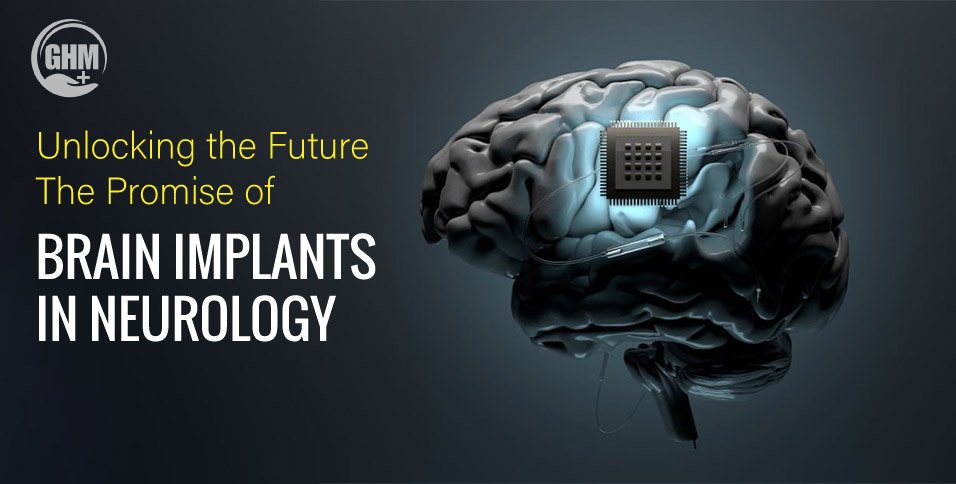In the realm of medical science, few advancements hold as much promise and intrigue as neural implants. These remarkable devices, which interact with our body’s neural networks, are poised to revolutionize the field of neurology. While they might sound like something out of a science fiction novel, neural implants are already making significant strides in treating diseases, rehabilitating injuries, enhancing cognitive abilities, and even enabling mind-controlled prosthetic limbs. In this blog, we’ll explore how these brain implants are reshaping the future of neurology, using non-technical language to help everyone understand this exciting frontier in medical science.
Understanding Neural Implants
At their core, neural implants are ingenious devices that are surgically placed inside the human body to interact with neurons, the cells responsible for transmitting electrical signals within our nervous system. Think of neurons as messengers communicating in the language of electricity, like Morse code. Neural implants typically consist of electrodes that come into contact with tissues containing neurons, allowing them to either record neural activity or send controlled electrical pulses to manipulate how neurons communicate.
Applications in Neurology
Neural implants have a wide range of applications in the field of neurology, with the potential to improve the lives of countless individuals. Here are some of the most promising applications:
- Deep Brain Stimulation (DBS): One of the most established uses of neural implants is DBS. In DBS therapy, electrodes are implanted deep into the brain to stimulate specific structures, effectively reducing the symptoms of various brain-related disorders. This treatment has been approved for conditions like Parkinson’s disease, epilepsy, and depression.
- Vagus Nerve Stimulation: Researchers are exploring neural implants to manipulate the vagus nerve, a critical communication pathway connecting our major organs to the brain. This research aims to treat conditions ranging from heart failure to depression, offering new hope for those with chronic ailments.
- Spinal Cord Stimulation: Neural implants have allowed some paralyzed individuals to regain movement in their lower bodies. This groundbreaking spinal stimulation has enabled people with spinal cord injuries to stand, walk short distances, and experience improved quality of life.
- Mind-Controlled Prosthetics: Perhaps the most futuristic application of neural implants is mind-controlled prosthetic limbs. These implants allow amputees to control robotic arms, legs, or hands with their thoughts, providing them with greater independence and functionality.
- Enhancing Memory and Cognitive Abilities: Neural implants have been used to enhance memory for specific tasks and even allow individuals with paralysis to operate computers using their thoughts. These innovations hold the potential to transform the lives of those with cognitive impairments.
The Future of Neural Implants
As we look ahead, the future of neural implants is filled with promise. Researchers and engineers are constantly refining these devices to make them less invasive and more effective. They are developing smaller electrodes, flexible materials, and even injectable implants that can reach deep into the body with minimal surgical impact. Non-invasive methods of neuromodulation are also emerging, offering alternatives to surgical implants. These approaches use electrodes or magnetic coils on or near the skin to stimulate neural activity.
Conclusion
Neural implants represent a transformative force in the field of neurology. These devices, which interact with our neural networks, hold the potential to treat a wide range of neurological conditions, improve cognitive abilities, and enhance the quality of life for countless individuals. As we move forward, we can look forward to a future where neural implants play a central role in reshaping the landscape of neurology, offering new hope and possibilities to patients and researchers alike.



















